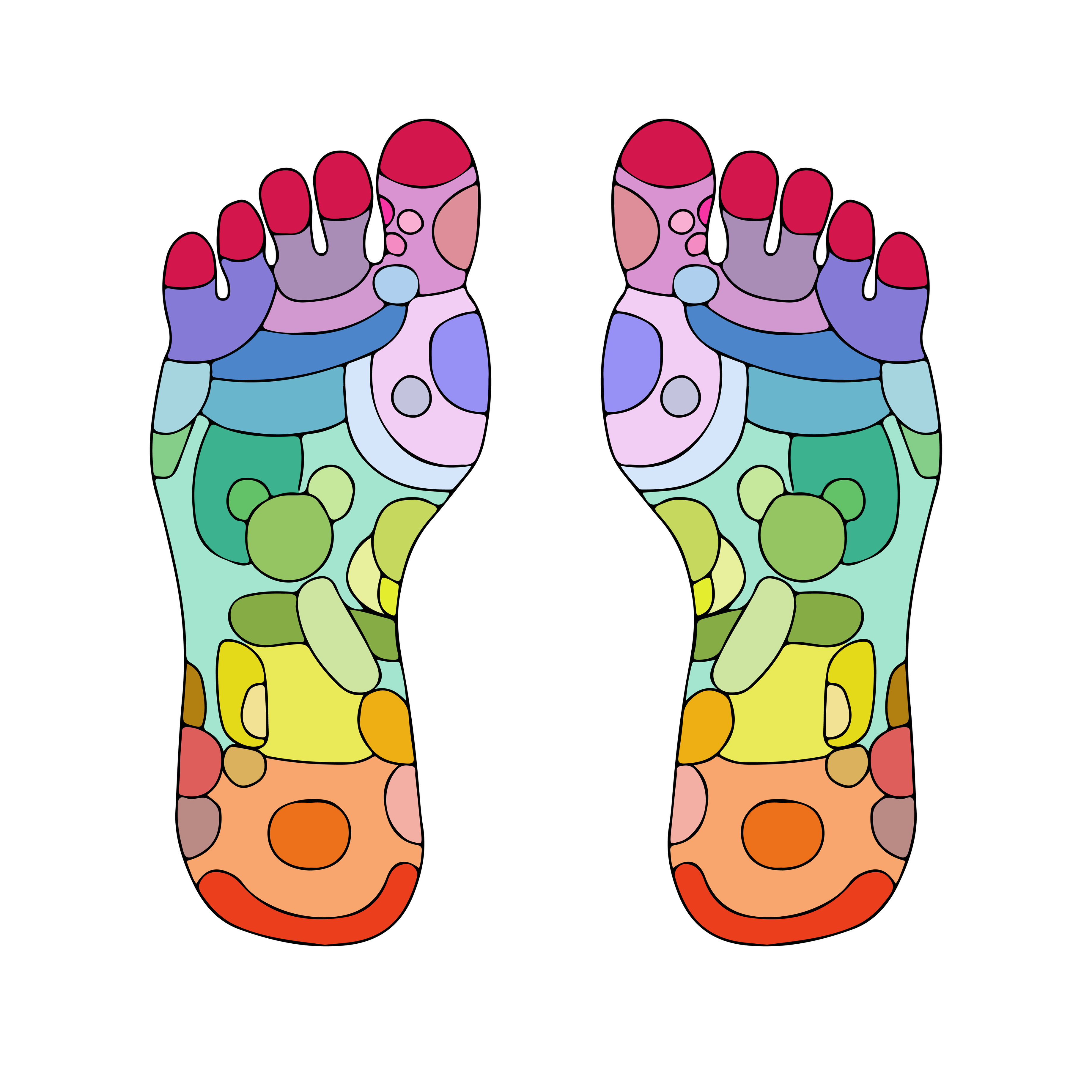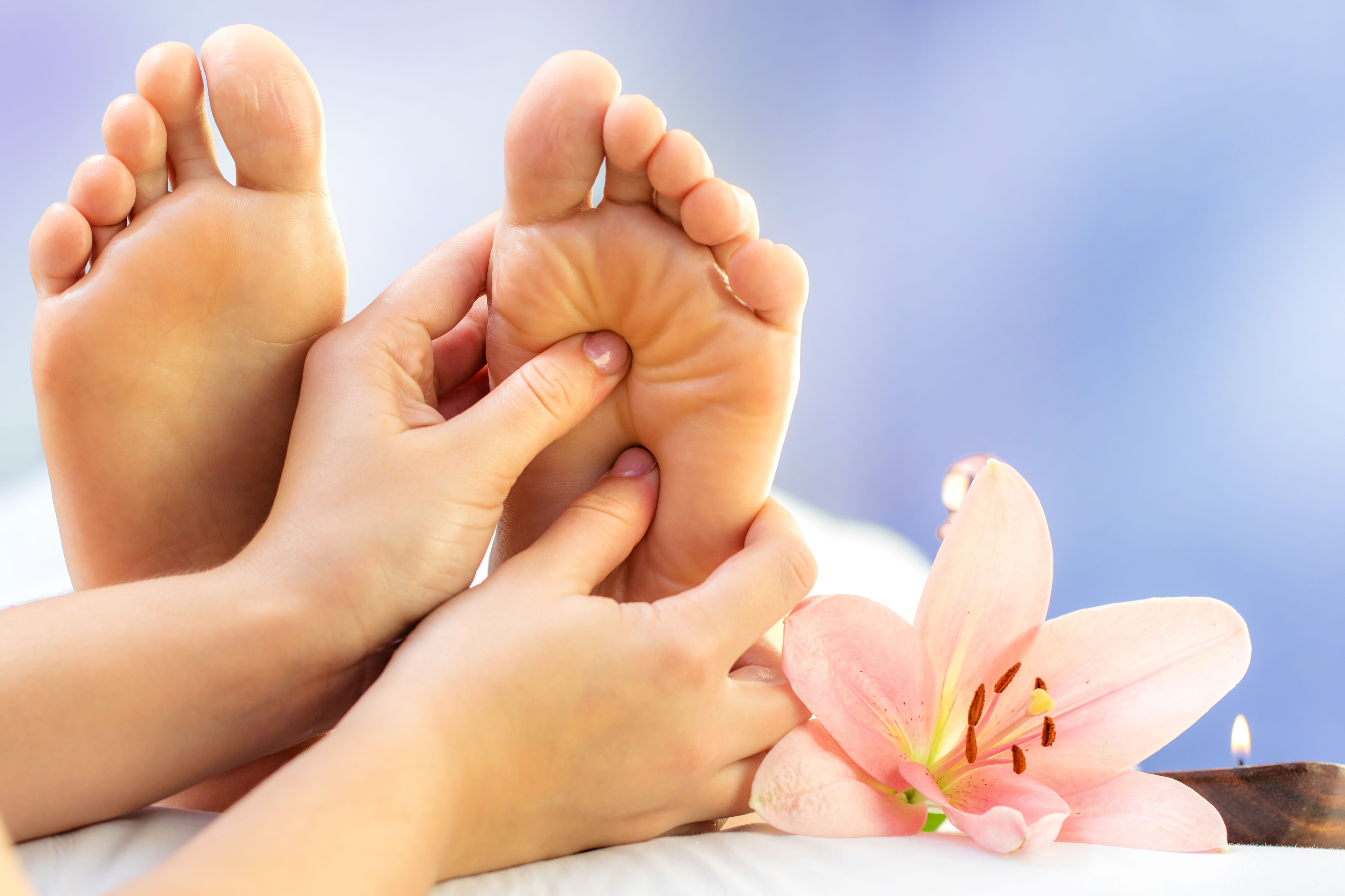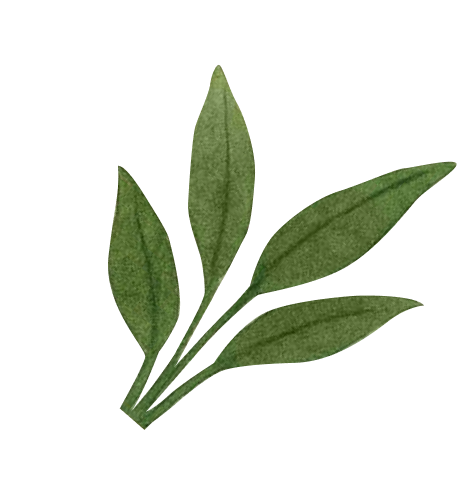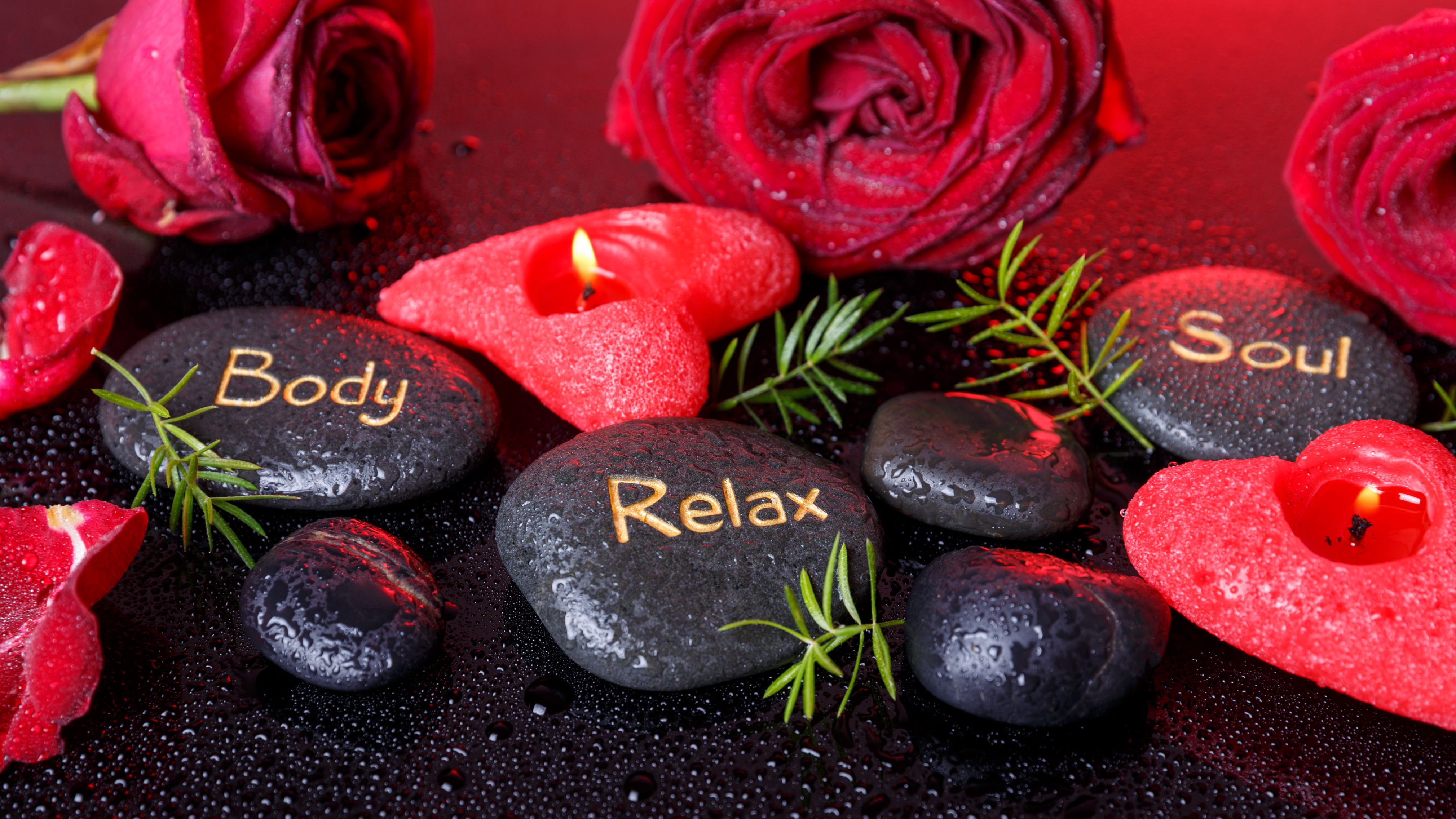A Beginner’s Guide to Reflexology
November 06, 2022

Thought to prevent disease and provide therapeutic effects, reflexology is a holistic healing method that involves applying pressure to reflex points on the feet, hands, and ears. If you're looking for a way to reduce your stress and anxiety levels, ease chronic pain, boost your mood, and improve your general well-being, reflexology might be just the thing. Keep reading to learn more about this unique but effective massage technique!
What is reflexology?
In essence, reflexology studies how one body part relates to another. Practitioners apply pressure to the reflex points on the hands, feet, and ears, linked by neurological pathways to other body parts, to promote healing in the targeted systems.
The traditional ideology behind reflexology states that it works by opening energetic pathways along the nerve channels, restoring energetic balance in the body. This idea originates from Traditional Chinese Medicine (TCM), in which energy, called qi (say "chee") flows along pathways in the body called meridians. According to TCM, illness results when this flow is blocked or unbalanced.
According to experts, by applying pressure to these target areas, all other body parts could be energised and rejuvenated, providing a sense of relaxation, and helping to maintain homeostasis in the body.
A Brief History of Reflexology
Reflexology has been around for a long time - Since at least 2330 BC, when it was depicted in Ancient Egyptian hieroglyphics. But it wasn't just the Egyptians that used this method, as more recent clues exist worldwide. Potential reflexology symbols are found at the feet of Buddhist statues in India and China, and evidence from American Indian tribal relics is abundant.
However,
the science behind reflexology wasn't well understood until about 100 years ago.
Thanks to scientific advancements in the field of neurology in the 19th
century, physicians and physiotherapists began to study the curious mechanisms
behind this technique.
The first, Dr. Henry Head, made a breakthrough in 1898 when he discovered that
diseased internal organs were linked to sensitive areas of the skin. To
scientists, this was huge because it meant that something connected the body's internal and external worlds. In other words, when something is wrong with the
inner organs, it often appears on the outside, too.
Some
years later, "the father of modern reflexology", Dr. William Fitzgerald, was
fascinated to discover that applying pressure to specific points in the hands
and feet resulted in a natural anesthetic effect felt in other body parts. And
in 1917, he wrote about the existence of 10 vertical zones extending the entire
length of the body, which were somehow connected by the nervous system.
Thanks to Dr. Fitzgerald's findings, scientists are continuously learning more.
This ancient practice that was somewhat obscure is better understood daily. And
even though its origins date back thousands of years, today, it is constantly
developing and progressing, making it an increasingly effective holistic
therapy.
The science behind reflexology: How does it work?
Many theories might explain the inner workings of reflexology treatments, though not all are strictly scientific.
1. Energy: According to this theory, body parts can communicate using electromagnetic fields. When the communication is blocked, it can be restored using reflexology.
2. Lactic Acid Crystals: This theory stipulates that lactic acid crystals are deposited in the feet, impeding efficient energy flow. These manifest as sand-like grains on the reflexes, which indicate uric acid or calcium deposits in the associated body part. A reflexologist's job is to break these up to help restore normal energy movement.
3.
Reflexing
effect:
This theory is based on the belief that "pressure points" in the feet are
stimulated by reflexology, causing your nervous system to relax and release
tension. Because most physical ailments are directly related to stress and bodily
tension, the relaxation provided by reflexology might help restore balance and
optimal health to the body.
4. Psychology: According to this theory, reflexology demonstrates caring and concern for the person receiving the treatment. The patient benefits from this perceived show of affection and human touch, leading to the benefits listed below.
However, whatever the reason, reflexology does offer many benefits.

The benefits of reflexology
According to science, reflexology effectively returns the body to its homeostatic, or balanced, state. In fact, some studies have even found that it might significantly decrease the amount of medication needed in patients.
Reflexology works best for treating chronic conditions such as chronic pain, menstrual problems, and stress-related illnesses, especially when combined with traditional forms of treatment. It is often used to help those receiving palliative care, as it improves the patient's emotional, physiological, and spiritual health. For example, according to a study published in Applied Nursing Research in 2003, foot reflexology often has an immediate positive effect in relieving the symptoms of metastatic cancer who report pain.
Otherwise, reflexology is a great way to end the stressful cycle of modern life. Because stress contributes up to 80% of the development of illness, this is one of its most important benefits, helping to:
- Reduce pain
- Maintain physical health
- Prevent illness
- Boost recovery from injuries
- Decrease anxiety
- Enhance sleep quality and length
- Increase vitality
Because it is non-invasive and non-pharmacological, reflexology might be an excellent complementary healthcare option, no matter your situation.
Looking for a reflexologist near you?
If these benefits seem too good to be true, see for yourself! Book your next in-home massage session with Bigtoe. With affordable prices, easy bookings, and sessions entirely designed by you, for you, there's no time like the present to enjoy a reflexology session with one of our first-rate licensed therapists.
Need a massage today?
Same-day massage sessions available near you. Book online and a licensed Bigtoe therapist will be at your door - fast.
Book a Session Now




